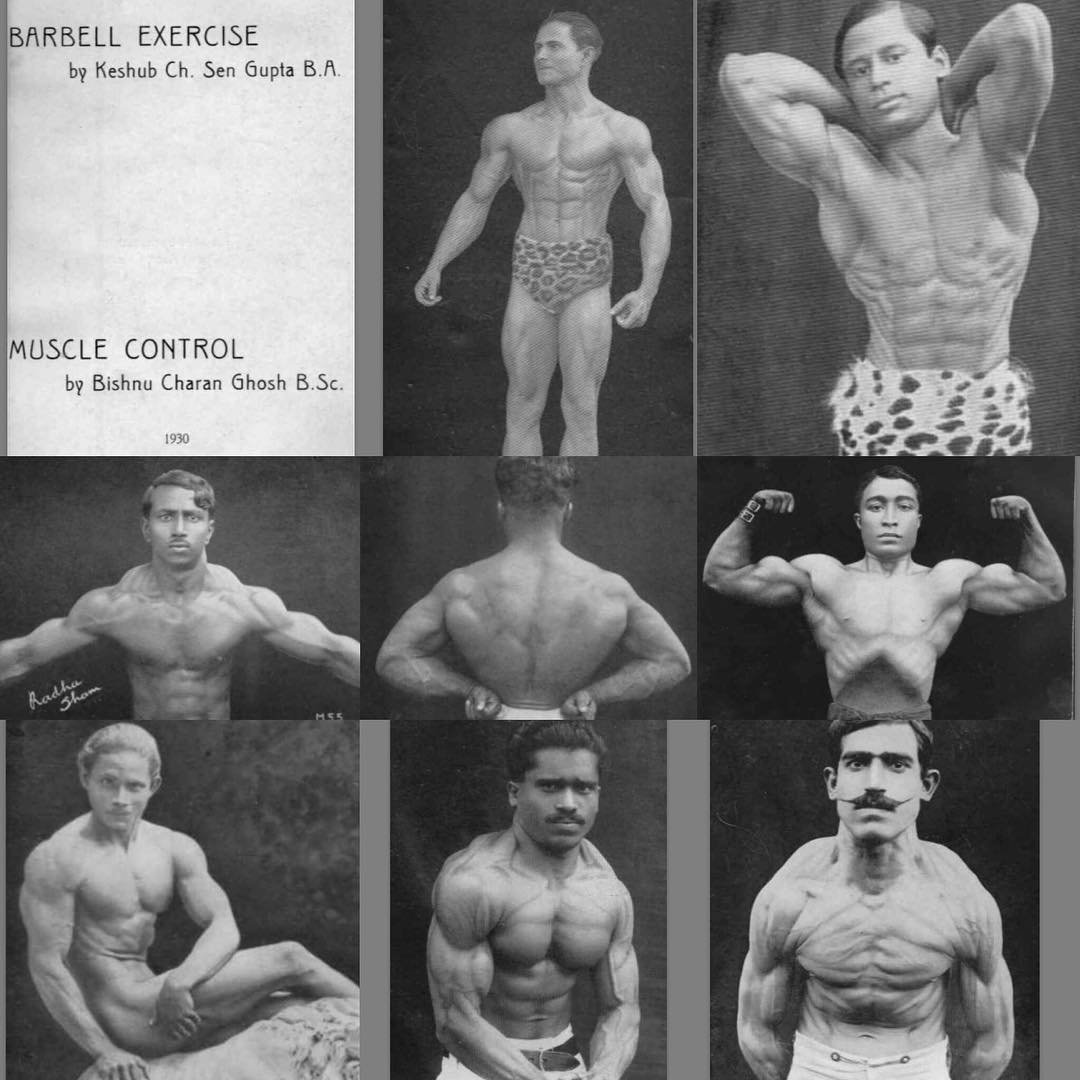
After nearly 5 years of lifting heavy weights & eating healthy vegetarian food. Same dress, same place. 

How I went about the transformation. twitter.com/i/events/12688…
For folks saying 2nd one is gym body, unhealthy etc. I haven't been to the gym for 2 years. Majority of this was achieved at home with minimal equipment and on a vegetarian diet rich in protein. One needn't go to the gym to get stronger.
I myself was inspired only after coming across a similar post few years ago on our Indian physical culture. Even if we cannot achieve a fraction of what these men did, it would be a waste of sorts if we didn't even give it a try as men.
https://twitter.com/_ugra_/status/1469351466741559302?t=GE-GeSvT9JapSCGLKUJjiw&s=19
So I'll be happy if this post motivates even a single person reading this.
Am actually surprised that many folks find it surprising that facial changes can occur with lifting weights.That's the thing about lifting weights. It shoots up metabolism(BMR),changes where/how you store & burn bodyfat.Its literally like magic. It can shave off years from ur age
The mustache photo was taken around the same time as this recording. I was just a few months into lifting. But started noticing changes & it encouraged me to pursue further.
https://twitter.com/_ugra_/status/1295752936522276871?t=R6CVA47efLz38p8BvINcvw&s=19
After few years of lifting. Believe it or not my playing improved as well.Methodology behind lifting & playing an instrument are similar. You can take one & apply it to the other & get better at both.Infact you can apply this principle to anything in life
https://twitter.com/_ugra_/status/1335256377808175104
Since many are finding it quite difficult to believe it is really me, here a better comparison pic with the mustache taken a few months ago. I've been constantly sharing my progress here over the past 4 years. Anyone following me will know.
https://twitter.com/_ugra_/status/1376555487848632326?t=uJKh1X-0wYNvw1d_Rg1aGg&s=19
• • •
Missing some Tweet in this thread? You can try to
force a refresh















